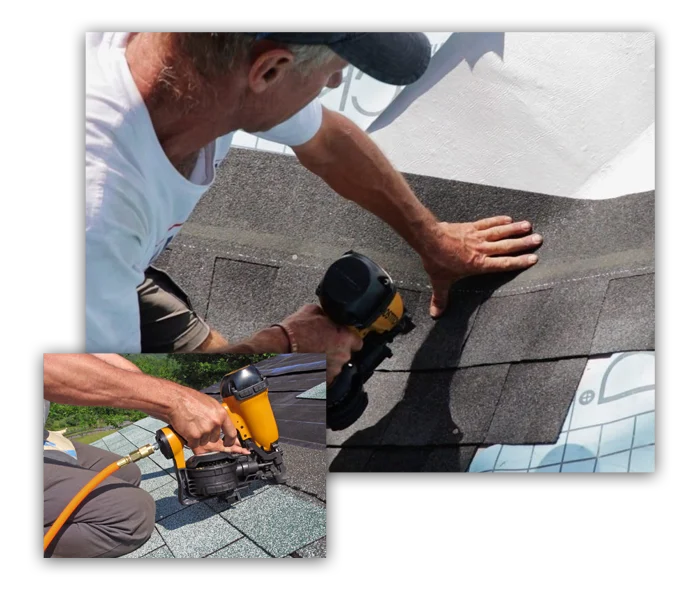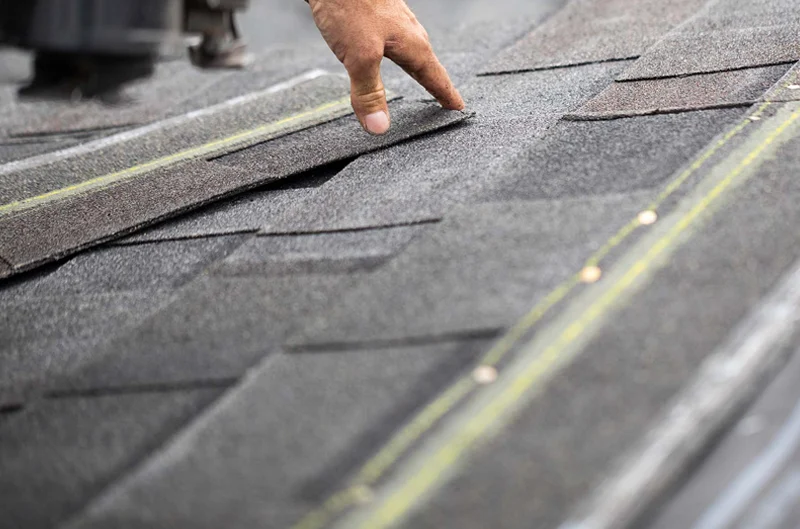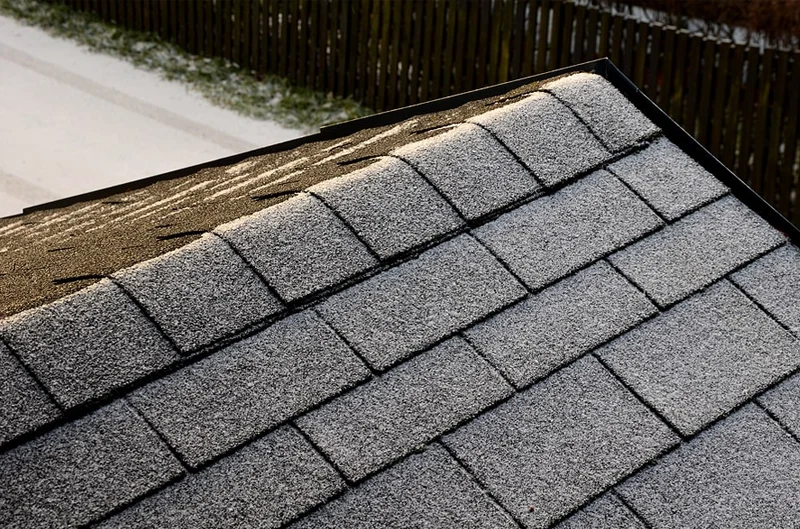Asphalt Shingles
- Silva's Roofing Ltd.
- Asphalt Shingles
Here you will find the most frequently asked questions from our clients

ASPHALT SHINGLES Installation Hamilton
Asphalt Shingles are Popular in Northern Climates

The Making of an Asphalt Shingle
Asphalt roofing often is called “organic” because it consists initially of waste paper, an organic product. The paper is waterproofed by coating it with asphalt, and then a coating of adhesive asphalt is added so the granules will adhere (the ceramic granules, or tiny pebbles on the surface of the shingle, are what give the roofing its colour).

Three-Tab Shingles
The most popular type of asphalt shingle usually measures 12”x36” in size and has two notches cut vertically into the bottom of the shingle, so it appears to have three tabs. This feature gives the completed roof a bit of texture. Asphalt roofing is less popular in southern climates because it doesn’t hold up well in heat; but it’s an excellent choice for roofing in the cooler northern areas.

Want to Save on AC?
If you’re looking to save money on air-conditioning in the summer, we recommend a lighter-coloured asphalt shingle with a UV coating. These shingles not only reflect the sun’s heat, they also resist fading and cracking. To save additional money over the long haul, you might want to choose a thicker shingle with a rating of 40 to 50 years; these roofs usually last more than 30 years.
Natural ventilation is smart. Roofers can install ventilators at strategic points in your attic to take advantage of natural air flow, drawing stale air out and fresh air in
